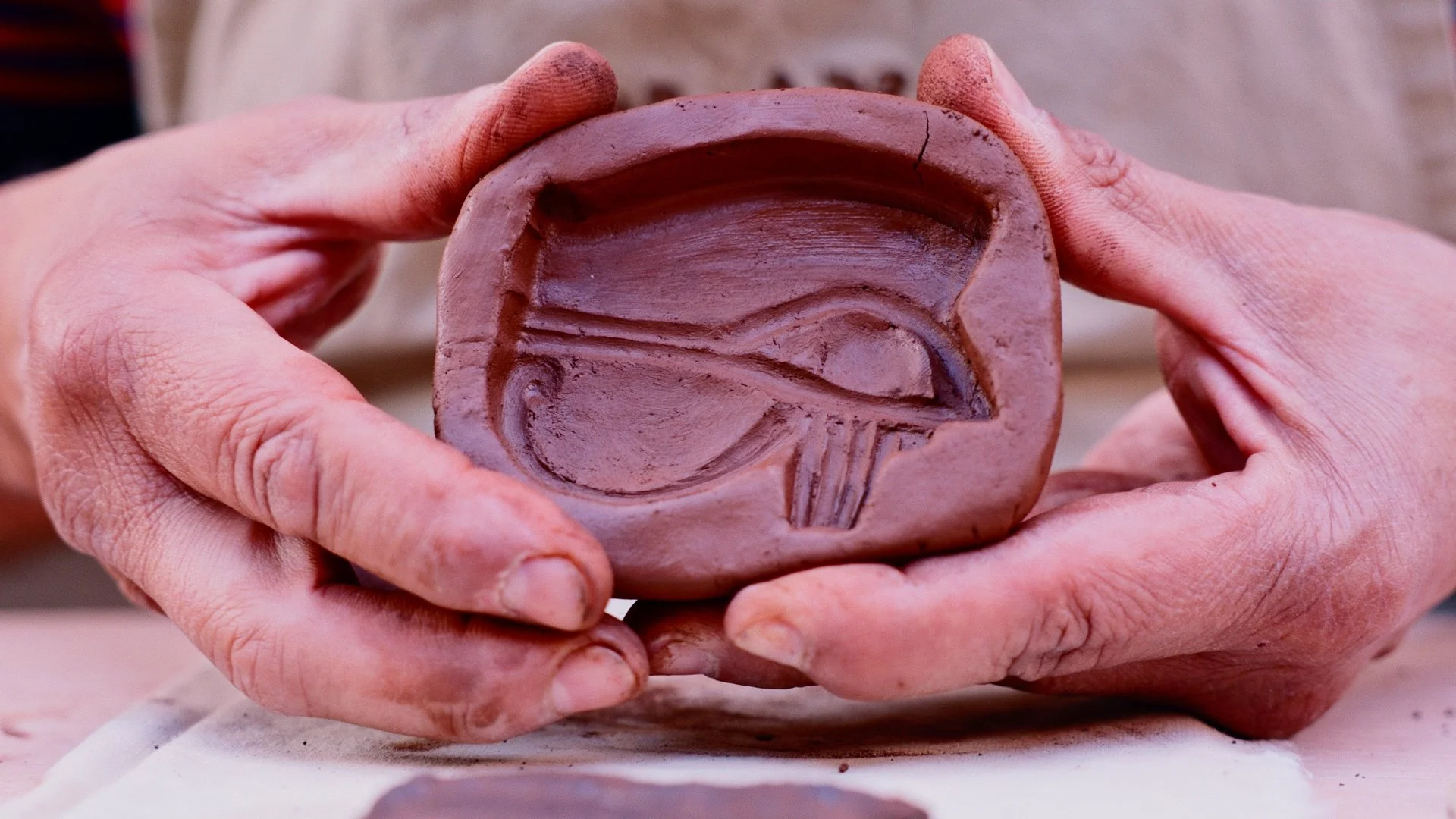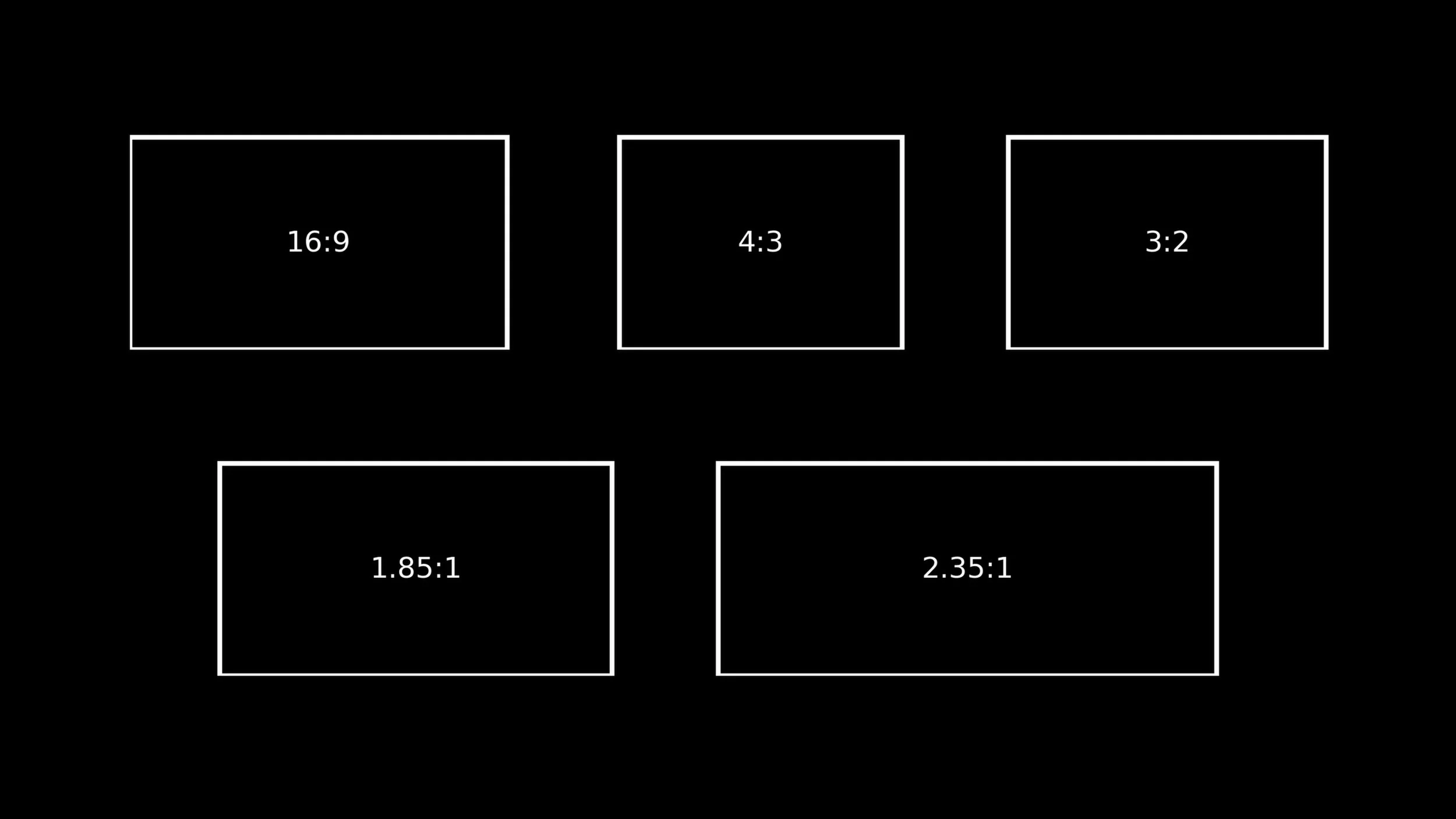Rethinking the Frame: Why It’s Time to Get Braver with Aspect Ratios
For years, 16:9 has ruled online video. It’s the default, the safe choice, and often the sensible one. On television it remains standard, and film has always played by its own rules, but on the internet, where platforms and devices are constantly evolving, 16:9 has become more habit than necessity. In an era where visual content is everywhere and YouTube is more flexible than ever, it might be time to start treating 16:9 as a creative limitation and see what happens when we work beyond it.
As a filmmaker, I’m finding more and more opportunities online to break free from the constraints of standard widescreen and tailor the frame to the story, the subject, or simply the feeling we want to evoke. It’s not about being different for the sake of it. It’s about using the full potential of the frame to stand out in a crowded digital space.
YouTube Is Ready. Are We?
One of the great shifts in the last few years is how adaptable YouTube has become. The platform now comfortably supports a range of aspect ratios, dynamically adjusting playback based on the video’s native shape. That means whether you’re shooting super-wide anamorphic, going classic with 4:3, or pushing toward a vertical 9:16 for mobile, YouTube can handle it. In fact, 9:16 even has its own dedicated platform within YouTube, Shorts, built entirely around that format. The excuse that “it won’t fit” just doesn’t hold up anymore.
So why are we still defaulting to 16:9?
Widescreen for a Reason
True widescreen, like 2.39:1, offers a more cinematic feel that lets branded content breathe. With so many interviews, explainers, and case studies looking and feeling the same, the shift to anamorphic or simply wider-than-standard framing can immediately give a piece distinction and polish.
Even if you’re not using anamorphic glass, 4K capture gives you room to crop into a cinematic aspect without sacrificing image quality. It’s a subtle cue to the viewer that they’re watching something more considered and refined.
4:3 and 3:2 Aren’t Just for Nostalgia
While 4:3 might evoke camcorders or CRT televisions, it also has an elegance and balance that can feel surprisingly modern. I’ve found that 4:3 or 3:2 can add a real sense of scale to human subjects, giving space above and below that emphasises architecture, landscapes, or the environment of an interior.
These taller frames are still highly adaptable. When you’re shooting with social in mind, they offer flexibility for cropping to 1:1 or vertical without compromising the original composition. It’s a subtle shift that allows more versatility without committing to full vertical capture.
What This Means for Clients
Ultimately, aspect ratio is another creative tool that’s often underused. I’m not suggesting we abandon 16:9 altogether, but we should challenge the idea that every video needs to look exactly the same. The right aspect ratio can help signal tone, create drama, and distinguish your brand’s identity from everything else out there.
If you’re making video for YouTube or social, or ideally both, there’s space now to be a little braver. Whether it’s delivering a short doc in a lush widescreen format or rethinking how a portrait-driven piece might benefit from a taller, more intimate frame, the tools and platforms are ready.
Now it’s just about giving yourself, and your audience, something more to look at.
If you’re developing video content and want to explore how aspect ratio can shape tone and storytelling, get in touch via my contact page.


